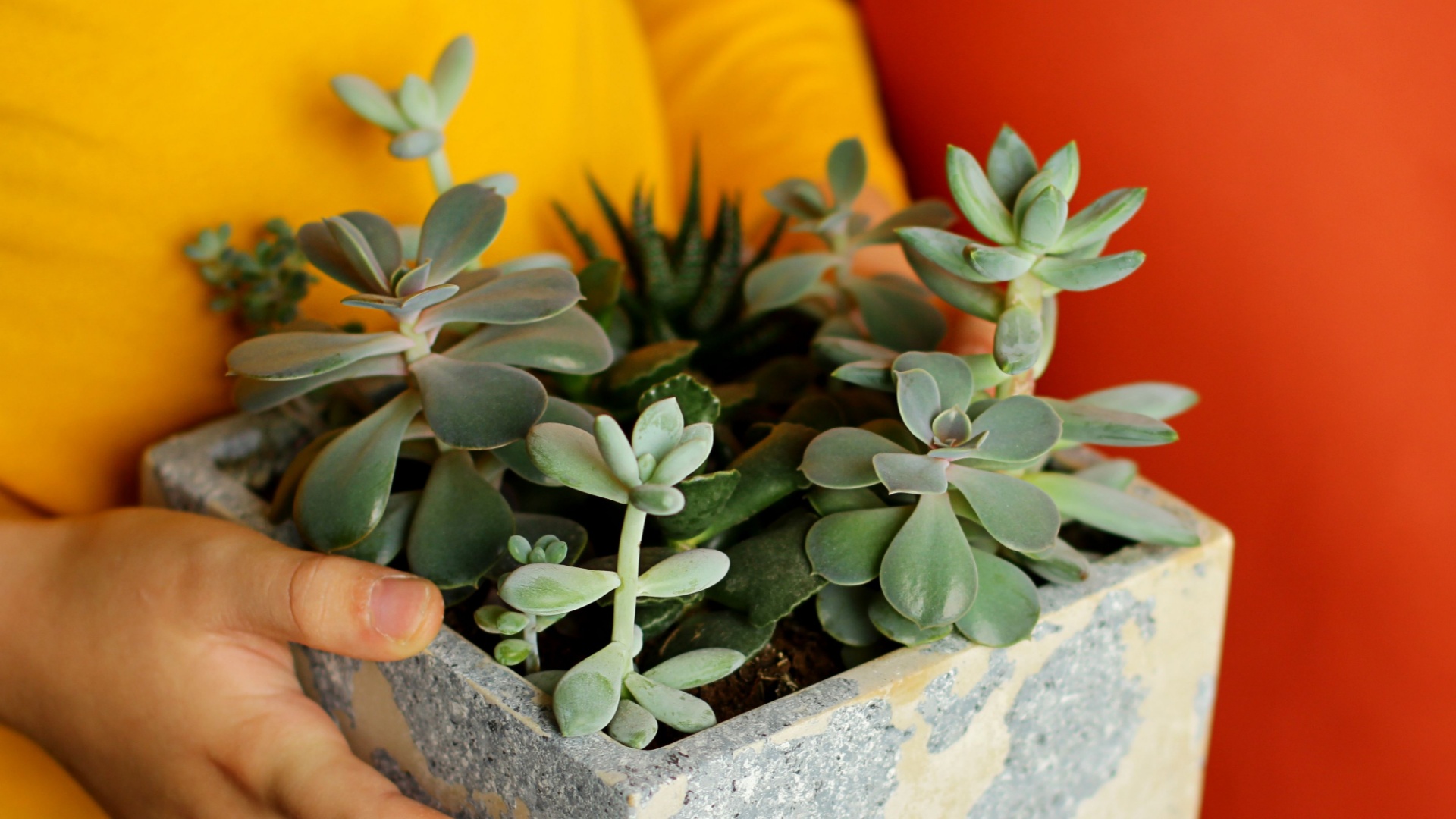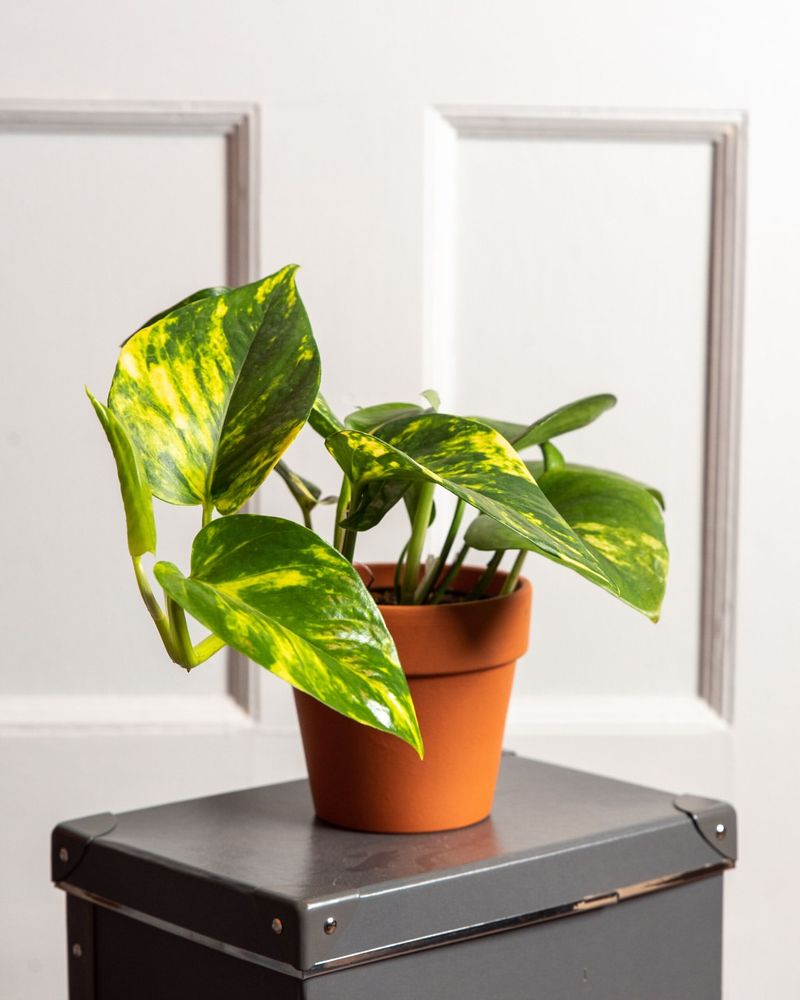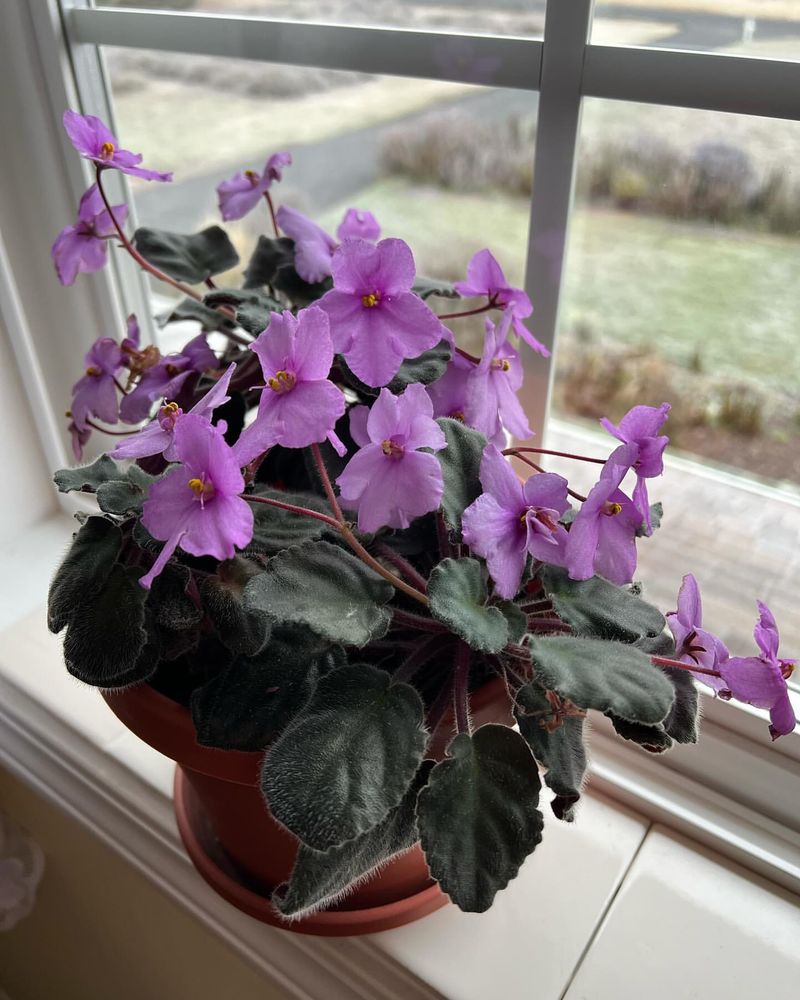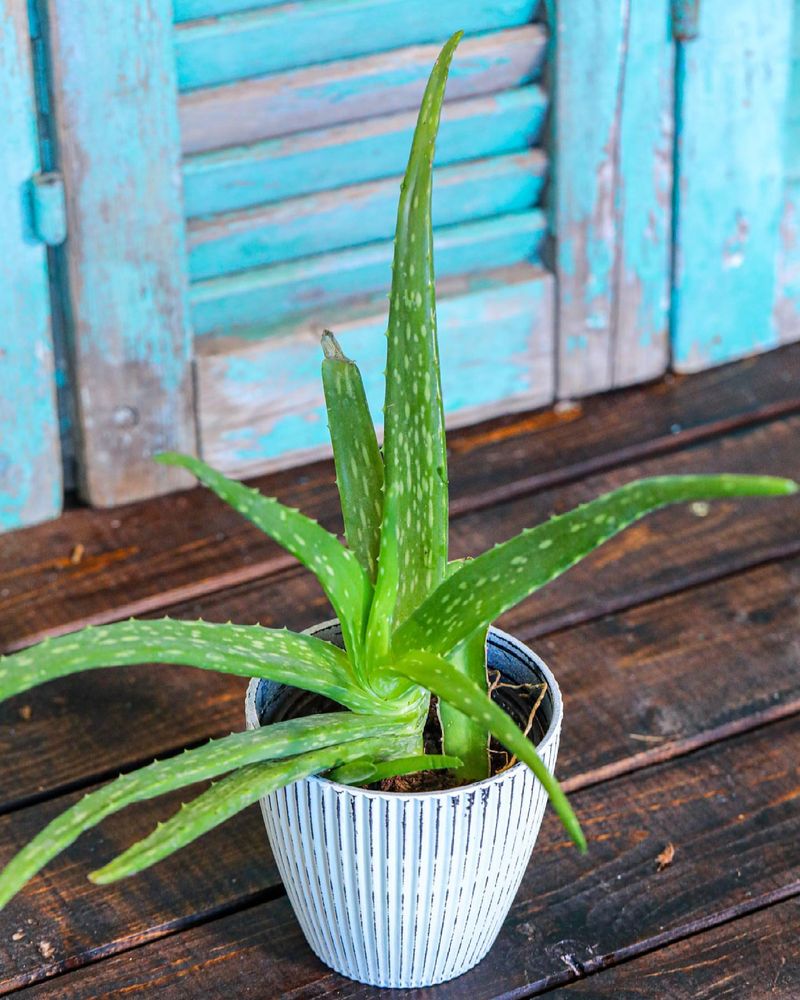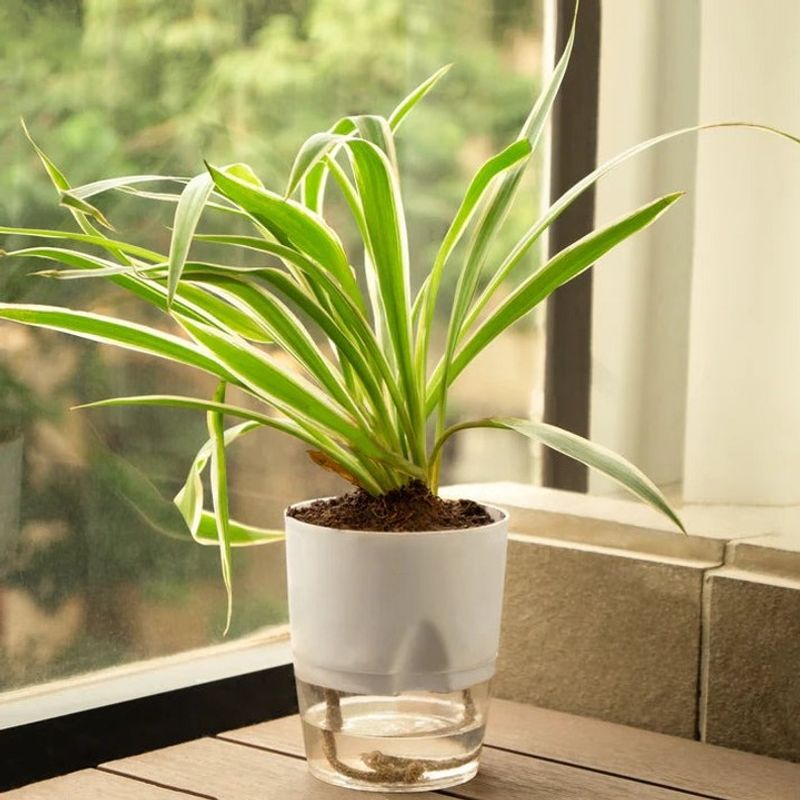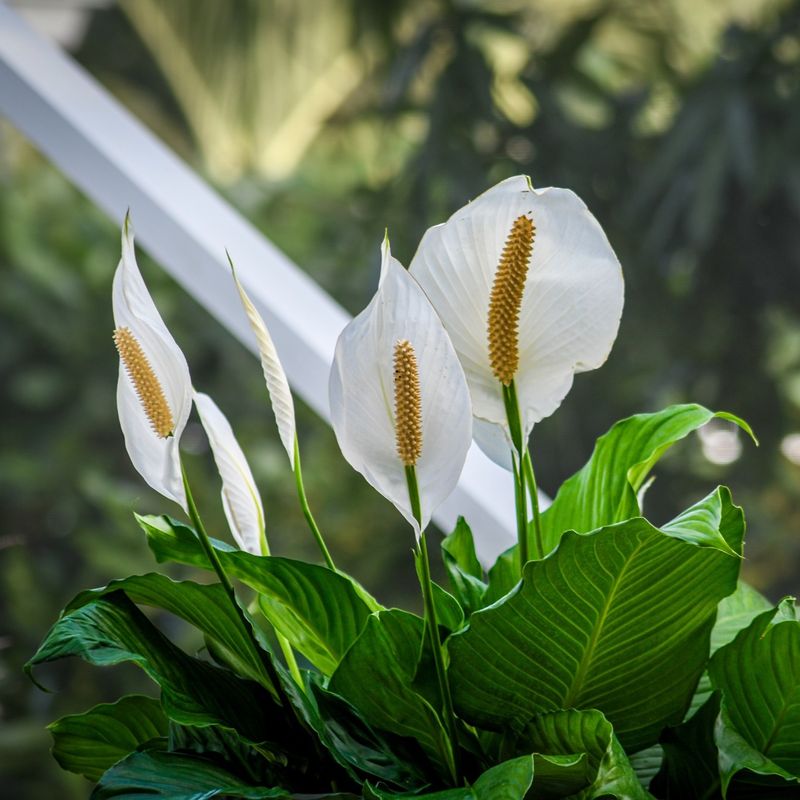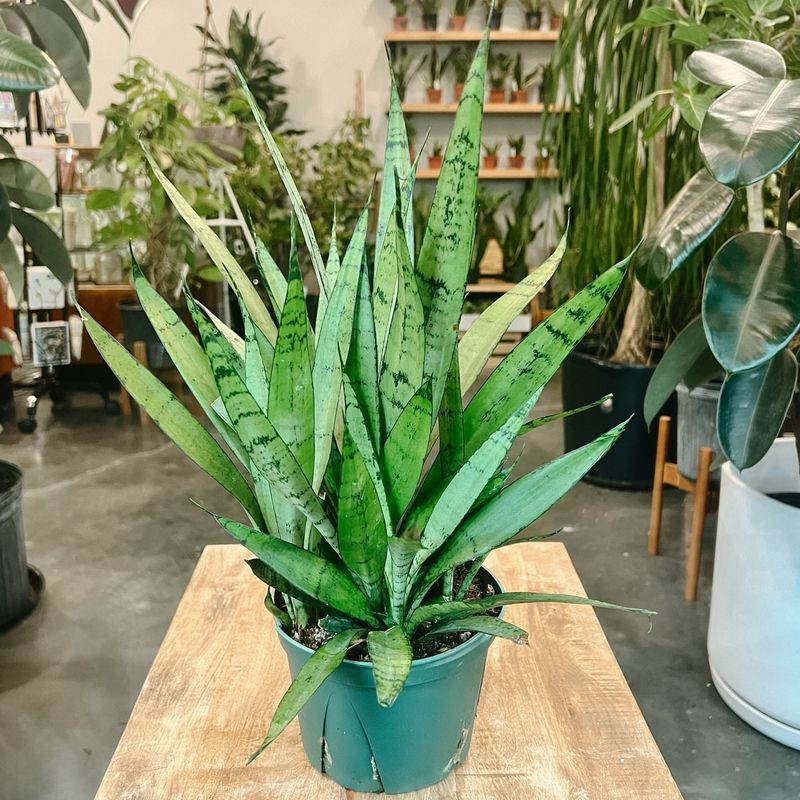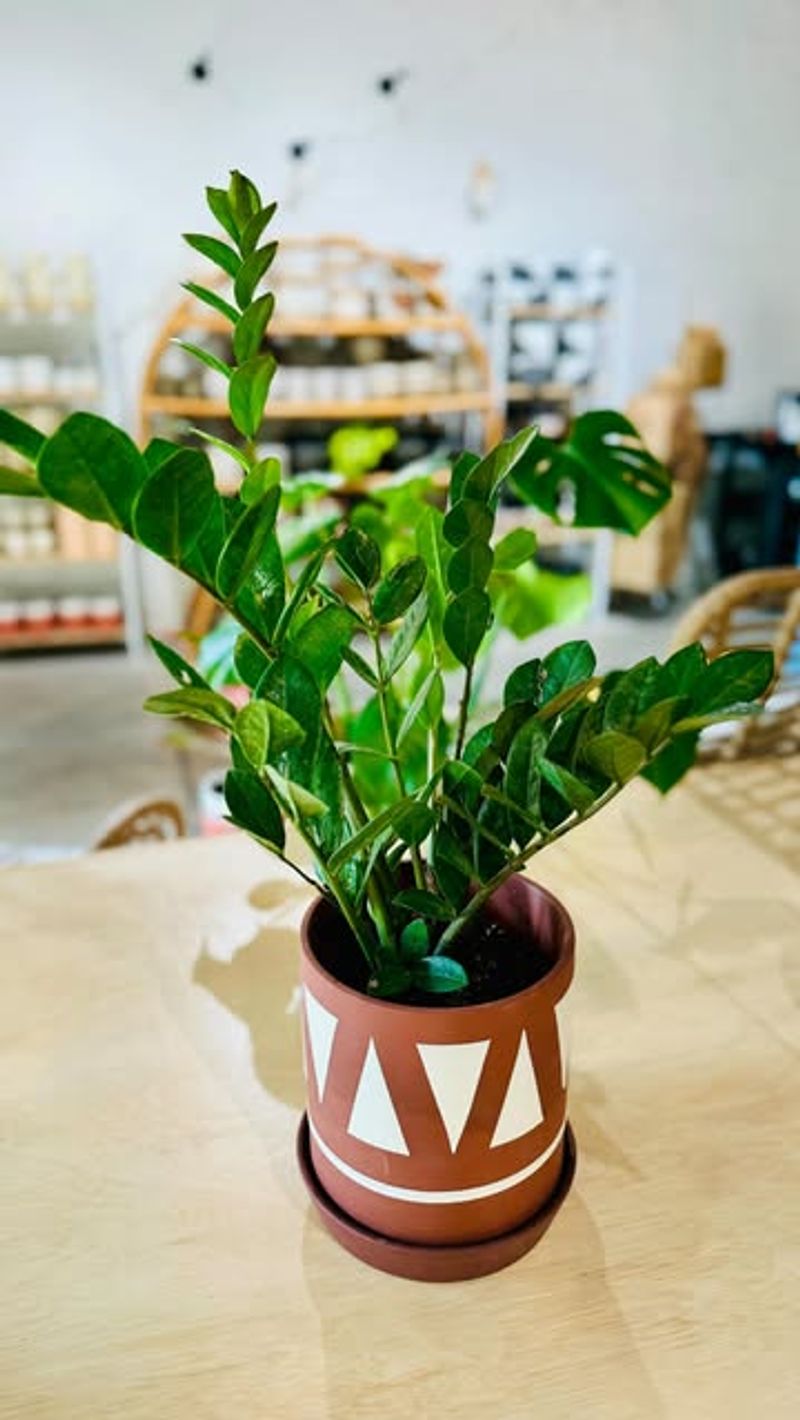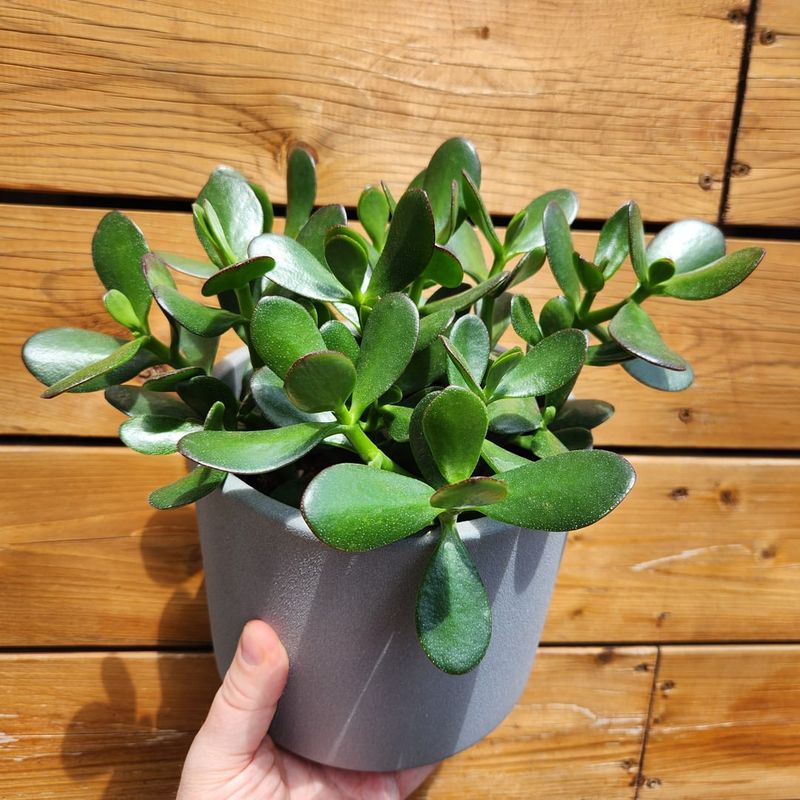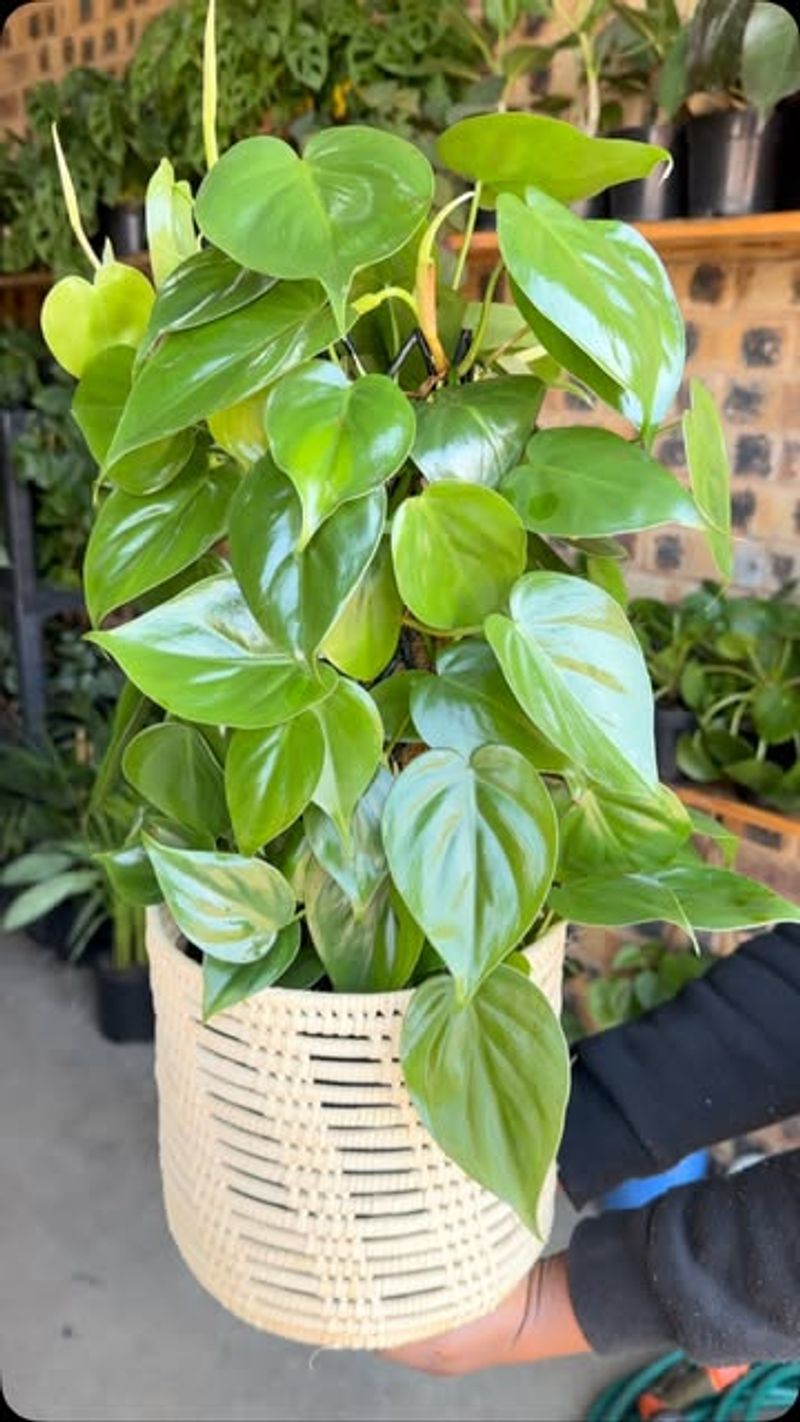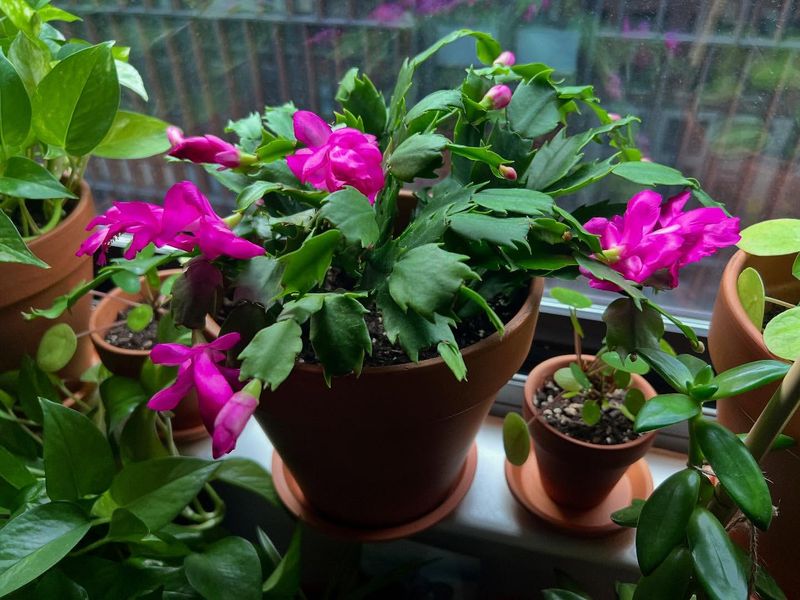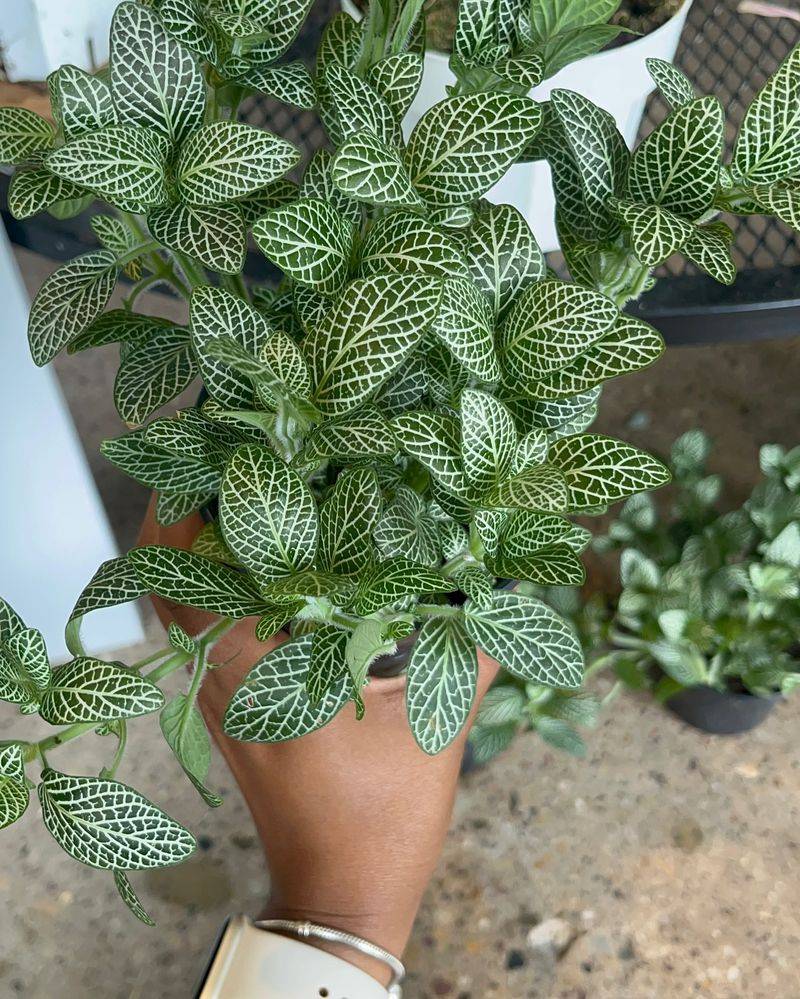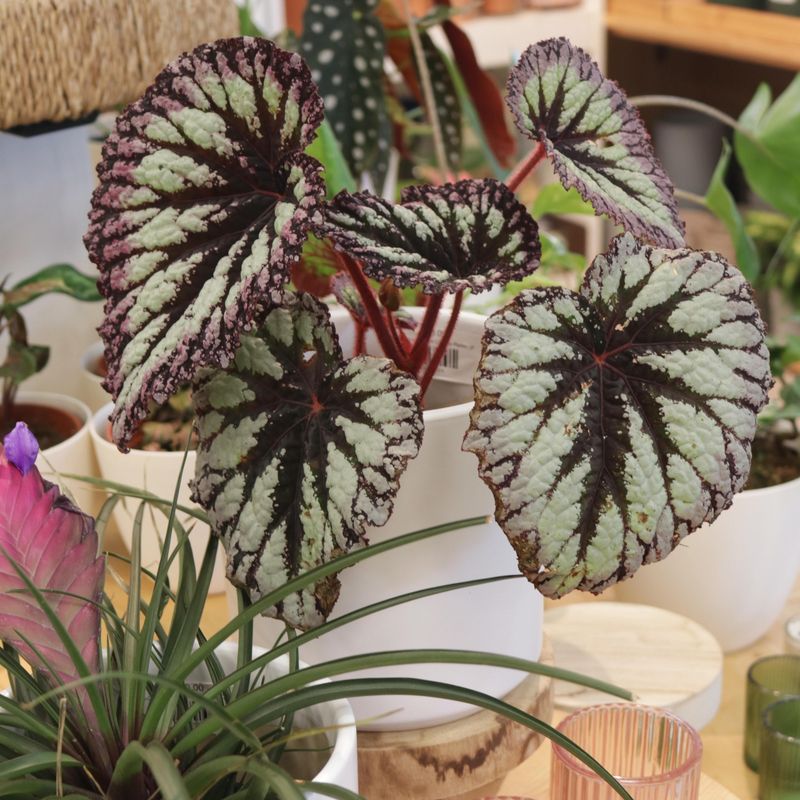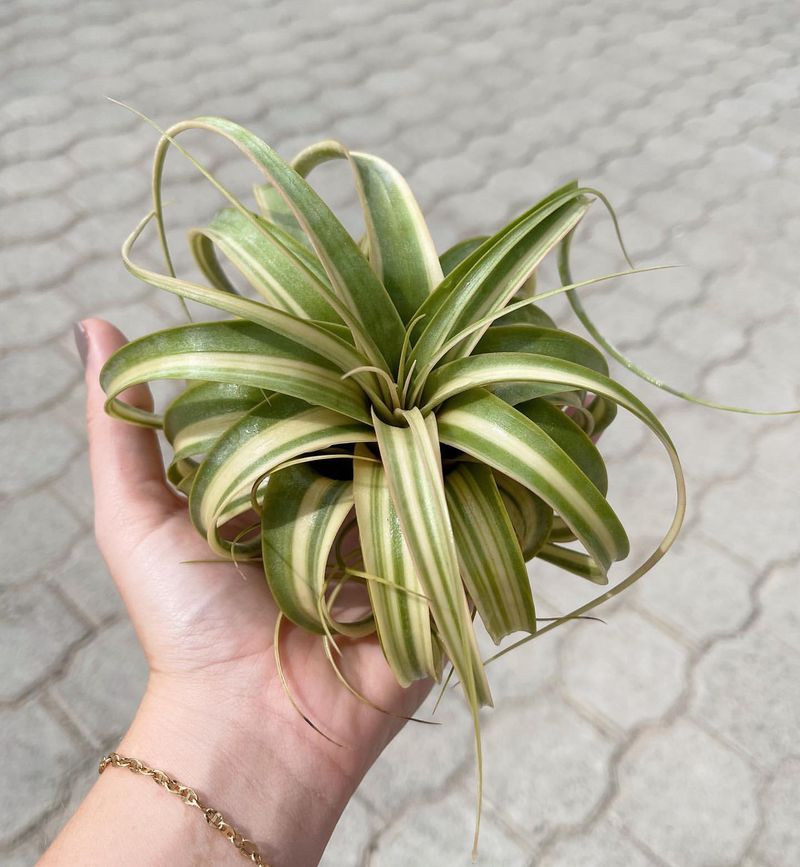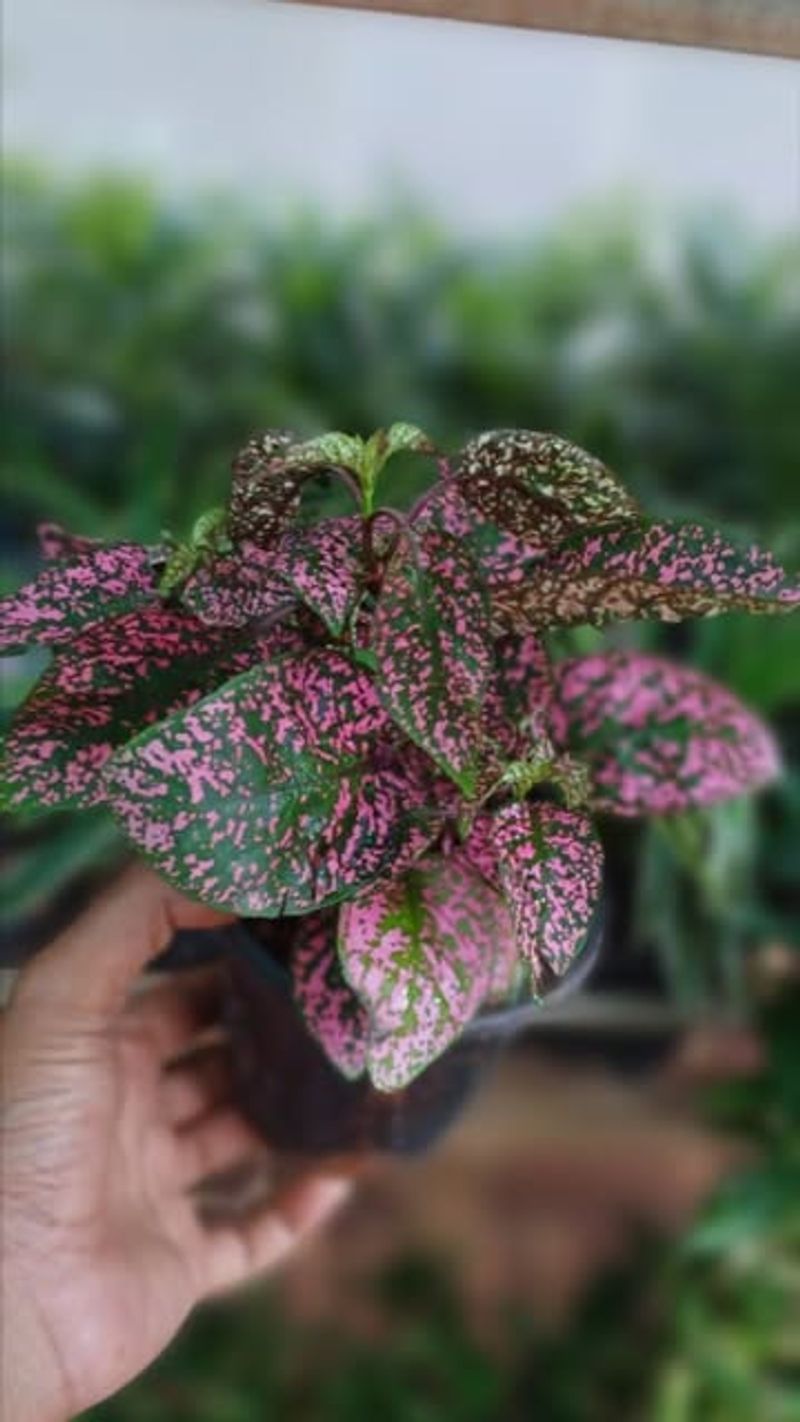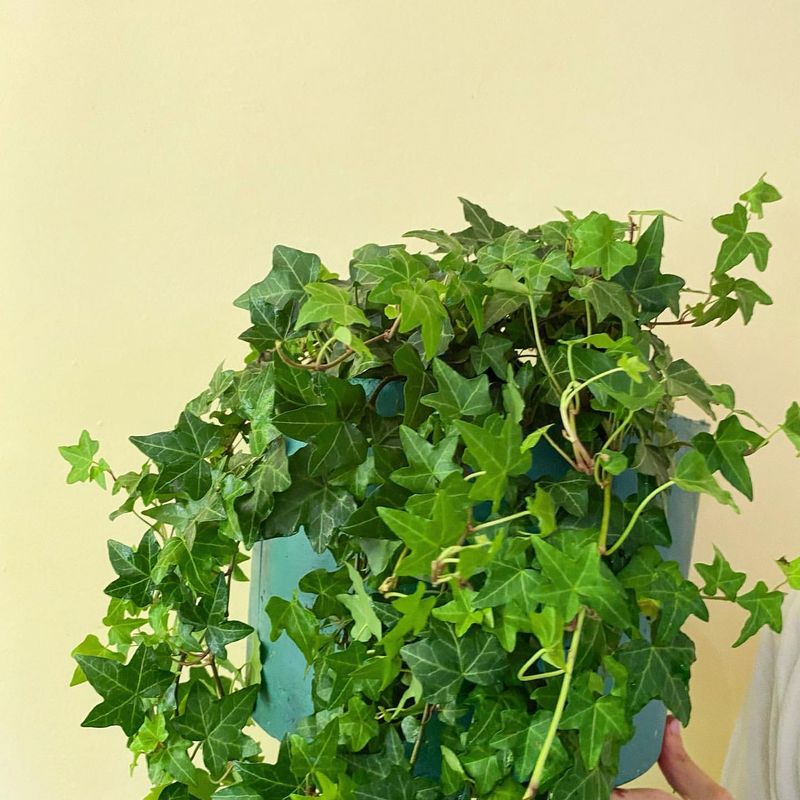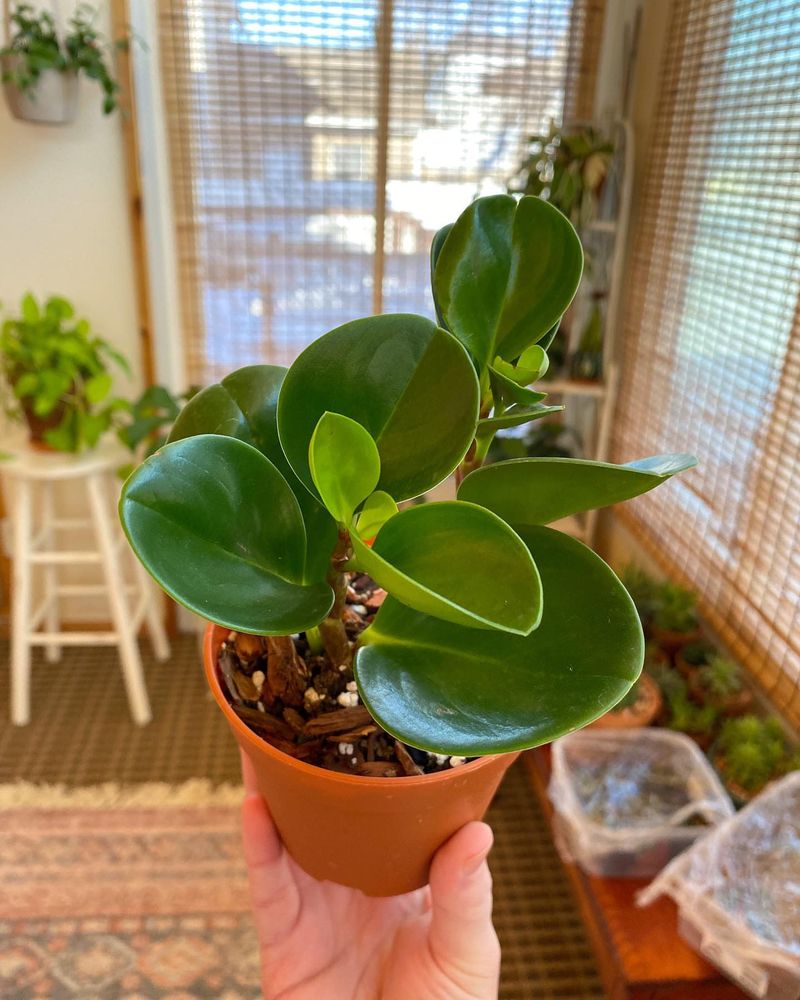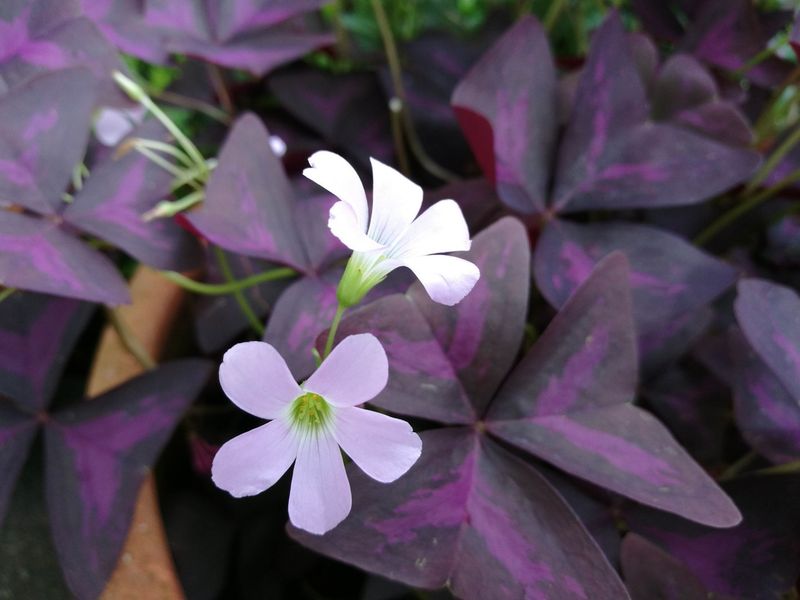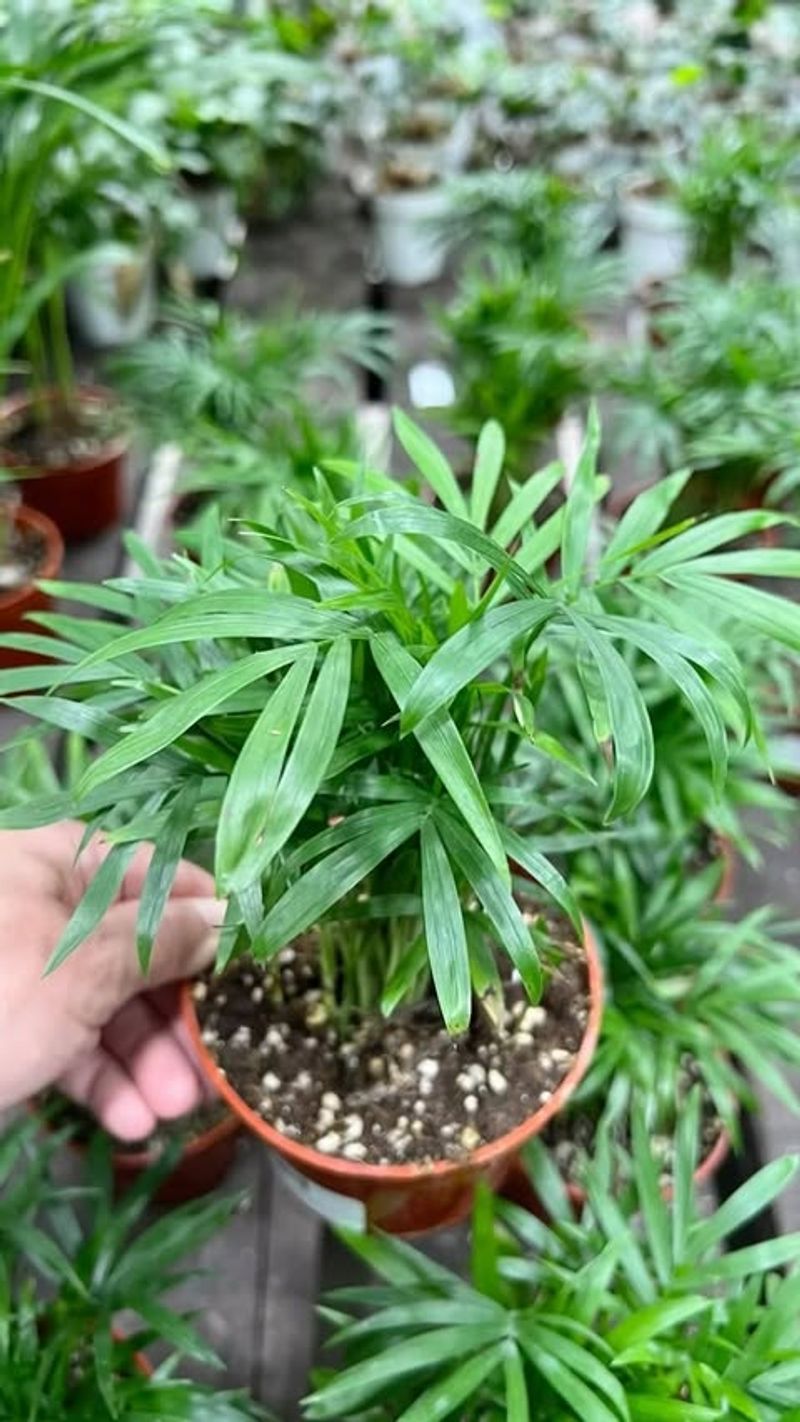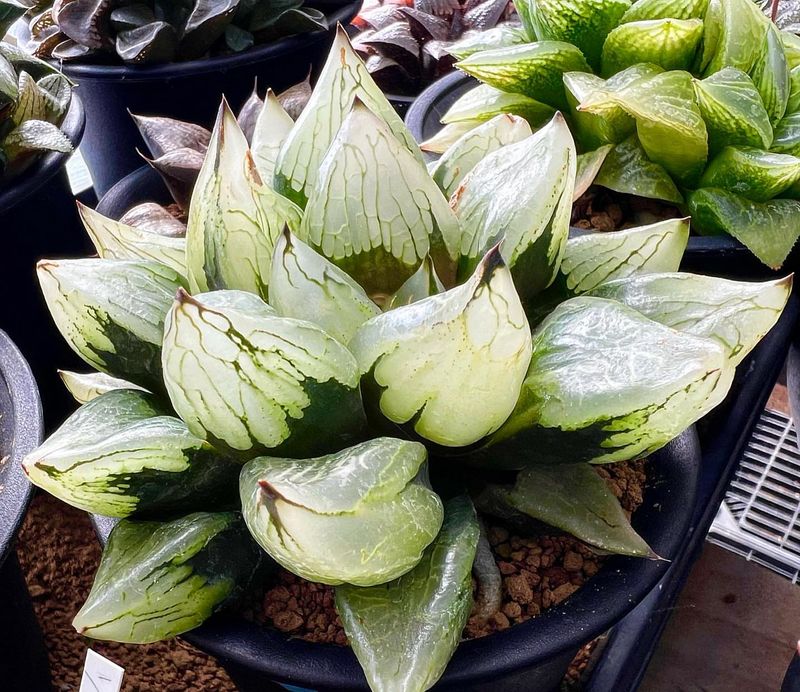Finding the perfect plants for your windowsill can transform your home into a lush, green sanctuary. North Carolina’s unique climate with warm, humid summers and mild winters creates special conditions for indoor plants.
Choosing the right windowsill companions means considering light exposure, humidity levels, and temperature fluctuations that match our state’s natural rhythm.
1. Pothos (Devil’s Ivy)
Golden-leafed pothos brightens up any North Carolina windowsill with its cascading vines. This forgiving plant tolerates low light conditions and irregular watering, making it perfect for busy homeowners.
The variegated leaves add a splash of color year-round, while the trailing stems can grow several feet long. Simply trim them back when they get too wild, and root the cuttings in water to create new plants for friends!
2. African Violet
Beloved for their velvety leaves and cheerful blooms, African violets love the filtered light of east-facing North Carolina windows. Their compact size makes them perfect windowsill residents, rarely growing larger than six inches across.
The fuzzy foliage and purple, pink, or white flowers bring year-round color to your home. Water from the bottom to keep those sensitive leaves dry, and they’ll reward you with continuous flowering throughout our humid summer months.
3. Aloe Vera
More than just a pretty face, aloe vera serves double duty as both decoration and medicine. The fleshy, spiky leaves store water, making this succulent remarkably drought-resistant for our occasional dry Carolina spells.
Place it in a south-facing window where it can soak up plenty of sunshine. The gel inside the leaves soothes minor burns and skin irritations – perfect for summer sunburn relief! Just snap off a small piece when needed, and the plant will continue growing happily.
4. Spider Plant
Spider plants dangle their arching, striped leaves and baby “spiderettes” from hanging pots, creating living mobile art above your windowsill. Their adaptability to North Carolina’s fluctuating humidity makes them virtually indestructible for beginners.
The air-purifying abilities help filter indoor pollutants, especially welcome during our closed-window winter months. Watch for the tiny white flowers that develop into baby plants, hanging from thin stems like spiders on a web – hence their quirky name!
5. Peace Lily
Elegant white blooms rise above glossy dark green leaves, creating a sophisticated addition to North Carolina homes. Peace lilies thrive in our natural humidity and prefer the gentle morning light of east-facing windows.
These dramatic beauties act as natural humidity gauges – drooping leaves signal it’s watering time. Once hydrated, they perk right back up! The graceful white “flowers” (actually modified leaves called spathes) last for weeks and appear several times yearly, brightening winter days when outdoor blooms are scarce.
6. Snake Plant (Sansevieria)
Virtually indestructible, snake plants stand tall with sword-like, variegated leaves that add architectural interest to any windowsill. Their striking vertical growth saves precious space while purifying indoor air – perfect during North Carolina’s allergy seasons.
These tough plants survive neglect, low light, and irregular watering schedules. Native to arid regions of Africa, they store water in their thick leaves, making them drought-tolerant companions. Some varieties display beautiful yellow edges or interesting patterns that glow when backlit by evening sun.
7. ZZ Plant
With glossy, dark green leaves arranged along arching stems, ZZ plants bring tropical flair to North Carolina homes. Their waxy coating gives them a perpetually polished look, even during our dry winter heating season.
Remarkably drought-tolerant, ZZ plants store water in potato-like rhizomes beneath the soil. This adaptation means they can survive weeks without watering – perfect for forgetful gardeners! Their ability to tolerate low light makes them ideal for north-facing windows that receive minimal direct sunshine.
8. Jade Plant
Symbolizing good luck and prosperity, jade plants develop tree-like trunks and plump, oval leaves that store water. These miniature trees thrive in the bright, indirect light common in North Carolina’s east or west-facing windows.
Their slow growth makes them perfect long-term companions, often becoming family heirlooms passed down through generations. The succulent leaves take on a red tinge when exposed to strong light. With proper care, jade plants can flower in winter, producing small star-shaped white or pink blooms.
9. Heartleaf Philodendron
Heart-shaped leaves cascade down from this romantic vining plant, creating a living curtain on North Carolina windowsills. The glossy, deep green foliage maintains its color even in lower light conditions, making it versatile for any window orientation.
Philodendrons naturally climb trees in tropical rainforests, so they’ll happily twine around supports or trail from hanging baskets.
Their adaptability to normal household humidity means no special equipment needed! Simply pinch back occasionally to encourage bushier growth and prevent the vines from becoming too leggy.
10. Christmas Cactus
Bursting with vibrant pink, red, or white blooms during the holiday season, Christmas cacti bring color when North Carolina gardens lie dormant. Unlike desert cacti, these Brazilian natives prefer humidity similar to our summer air and indirect light.
The flattened, segmented stems cascade beautifully from containers. Flower buds form when nights grow longer in fall, triggered by our natural seasonal light changes.
With proper care, these long-lived plants become family treasures, sometimes blooming faithfully for decades in the same North Carolina homes!
11. Nerve Plant (Fittonia)
Delicate networks of pink, white, or red veins create stunning leaf patterns that look hand-painted against deep green backgrounds. These miniature beauties rarely exceed 6 inches tall, making them perfect for small North Carolina windowsills.
Nerve plants love humidity, thriving in bathroom windows where our summer shower steam mimics their native rainforest conditions. When happy, they form a dense, carpet-like mat of colorful foliage. If they get dramatically droopy, don’t panic – a good drink usually perks them right back up within hours!
12. Rex Begonia
Grown primarily for their spectacular foliage, rex begonias display swirling patterns in silver, pink, purple, and green. Their metallic sheen catches North Carolina’s morning light beautifully in east-facing windows, where they receive gentle sunshine without harsh afternoon rays.
The textured leaves feel velvety to the touch, adding sensory interest to your indoor garden. Relatively compact in size, they fit perfectly on most windowsills.
Increase humidity by grouping several plants together or placing them on pebble trays filled with water during our drier winter months.
13. Air Plants (Tillandsia)
No soil needed! Air plants absorb moisture and nutrients directly through their specialized leaves, making them perfect for creative North Carolina windowsill displays.
Arrange them in glass globes, driftwood mounts, or decorative dishes for floating garden art. Their silvery-green spiky forms resemble underwater creatures or alien landscapes.
Native to tropical Americas, they appreciate our natural humidity but need occasional misting during winter heating season. After flowering, many produce “pups” or baby plants at their base, slowly forming fascinating clusters over time.
14. Polka Dot Plant
Splashed with pink, white, or red spots, polka dot plants bring playful color to North Carolina windowsills. Their modest height (under 12 inches) makes them perfect for smaller spaces, creating instant cheer with minimal footprint.
The freckled foliage provides visual interest year-round, no flowers needed! Regular pinching encourages bushier growth instead of legginess. These tropical natives appreciate our natural summer humidity but benefit from occasional misting during winter when indoor heating systems dry the air.
15. English Ivy
Reminiscent of historic Carolina buildings covered in climbing vines, miniature English ivy brings that same classic charm indoors. The trailing stems with pointed, lobed leaves can be trained around decorative frames or allowed to cascade naturally from the windowsill.
Variegated varieties with white or yellow edges brighten darker corners. Ivy thrives in our moderate indoor temperatures, preferring the cooler side of comfortable.
Beyond its beauty, English ivy ranks among NASA’s top air-purifying plants, helping filter common household toxins from your home’s atmosphere.
16. Peperomia
Peperomias pack personality into petite packages, with over 1,000 species offering incredible variety for North Carolina windowsills.
Some have rippled leaves resembling watermelons, others feature baby-soft foliage, and many display striking variegation patterns. These low-maintenance treasures store water in their thick leaves, making them forgiving of occasional neglect.
Their natural habitat is tropical understory, translating perfectly to indoor conditions with filtered light. Most stay under 12 inches tall and wide, making them ideal for limited windowsill real estate.
17. Oxalis (Purple Shamrock)
Triangular purple leaves fold up at night and open again each morning like butterflies, creating living motion on your North Carolina windowsill. This daily rhythm, called nyctinasty, makes oxalis particularly engaging for children and plant enthusiasts.
Delicate white or pink flowers appear periodically throughout the year, hovering above the foliage on thin stems.
Native to Brazil rather than Ireland (despite the shamrock nickname), oxalis appreciates our warm summers and benefits from a slight cooling period in winter, matching North Carolina’s natural seasonal rhythm.
18. Kalanchoe
Clusters of tiny flowers in vibrant reds, oranges, yellows, or pinks crown these sturdy succulents for months at a time. The thick, scalloped leaves remain attractive even when not blooming, storing water that helps kalanchoes withstand dry indoor air during North Carolina winters.
South-facing windows provide ideal light for these sun-lovers. Their natural blooming cycle responds to shorter winter days, bringing welcome color during dreary months. After flowering finishes, a brief rest period and slight reduction in watering often triggers another round of buds to form.
19. Parlor Palm
Victorian elegance meets modern simplicity with these feathery-leaved miniature palms that rarely exceed 3 feet indoors.
Their delicate fronds bring tropical flair to North Carolina homes while gracefully tolerating normal indoor conditions without fuss. Unlike many palms that demand bright light, parlor palms thrive in the filtered sunshine typical of east or north-facing windows.
The slender stems support multiple leaflets, creating a naturally full appearance even in smaller specimens. Their slow growth means they won’t quickly outgrow their windowsill homes.
20. Haworthia
Transparent “windows” at the leaf tips allow these rosette-forming succulents to photosynthesize while mostly buried in sand in their native South Africa.
This unique adaptation creates fascinating light patterns when sunlight streams through North Carolina windows. Perfect for forgetful waterers, haworthias store moisture in their plump, pointed leaves. Their compact size (usually under 6 inches) makes them ideal windowsill residents.
Some varieties display striking white stripes or bumps, resembling tiny underwater creatures or alien landscapes in miniature form.

